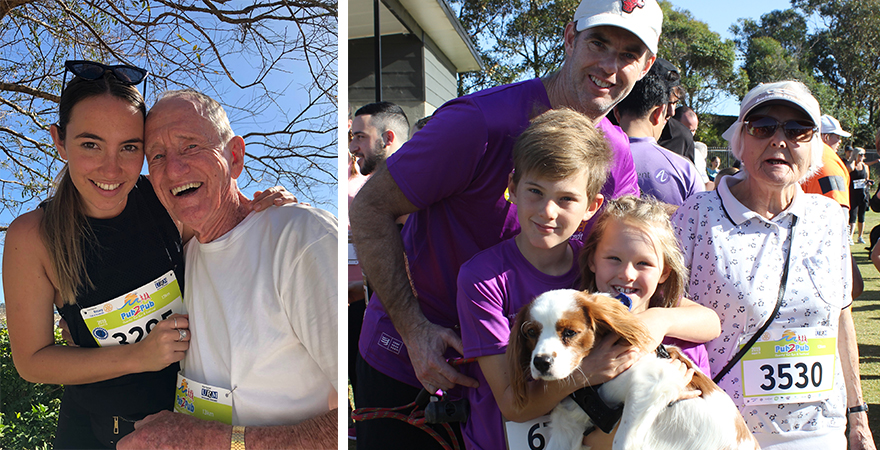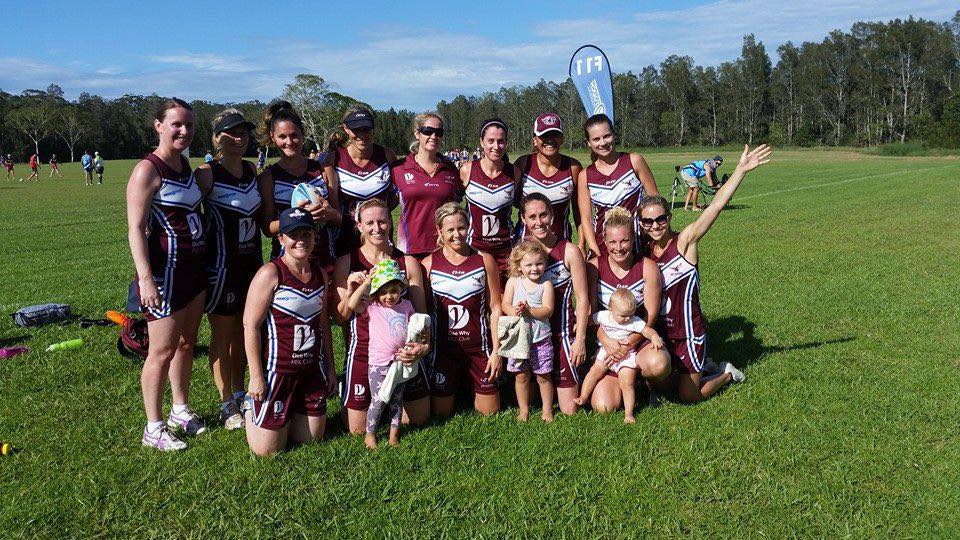How to prevent common running injuries
June 5, 2019
Most running injuries (between 50-75%) can be attributed to overuse, due to the repetitive movements involved in running. Our Partner BeachLife Physiotherapy provides strategies you can use to prevent injury while training for the Pub2Pub.
Injury Prevention Tips for Runners from BeachLife Physiotherapy
Warm up:
- A warm up helps to reduce the risk of injury as your body is ready to perform.
- Start with 5-10 minutes of an easy whole body movement to increase blood flow into your muscles… this could be walking or a slow jog.
- Complete dynamic stretches… these are moving stretches such as knee drives, hamstring swings, lunges, butt kicks, calf raises.
- Do not bounce at the end of your dynamic stretches… they should be slow and controlled.
- Gradually build up the intensity of your warm up… this could mean finishing your warm up with a faster run.
Training Overload
- Overuse injuries are caused by increasing your training load too quickly.
- Load = time spent exercising + intensity level.
- Improving your endurance slowly will decrease the risk of injury.
- If you don’t run regularly, start with a short duration of mostly walking and a small amount of running. Then gradually build up your distance and speed.
- The Pub2Pub has different distance options – 3km, 6km and 13km. Increase your endurance until you can run consistently for the distance of your chosen event.
Footwear
- Run in shoes designed for running – i.e. shoes that are specifically designed to provide shock absorption and support where it is needed for the running movement.
- Have your footwear fitted by a professional to ensure the correct size and support for your foot type.
- Wear in your shoes – build up their use to allow your feet to settle in to them, or you may end up with blisters or bruised toes.
- Wearing old or worn footwear increases your risk of injury. With wear, shoes decrease in shock absorption and change in support. The materials break down over time, even if you haven’t worn them much.
- Depending on the distance you cover, your weight and foot type, the general recommendation is to replace your shoes after 500-600 kms of wear. This includes running, walking and even standing in them.
Strengthening and stretching
- Running is not only an endurance exercise, but requires muscle strength, as well as muscle length.
- To prevent injuries while running it is important to incorporate a strength and mobility routine into your training.
- Strengthen and stretch the main muscle groups used in running: the glutes, calves, hip flexors, hamstrings and quads.
- Single leg strengthening exercises are important to highlight imbalances and ensure even strength in your legs.
- Core strengthening is important to help stabilise the trunk.
Running Technique
A professional technique assessment can provide individualised advice, reducing your risk of injury and improving performance.
- Most running injuries (50-75%) can be attributed to overuse. If you have incorrect technique, you are at higher risk of injury.
- Avoid over striding – this causes increased shock through the legs and limits the amount of forward propulsion you can generate.
- Upright posture – allows you to fill your lungs and get oxygen to your working muscles. Relaxing your shoulders helps with breathing and avoids a sore neck.
- Correct arm swing – improves the overall body mechanics of running and helps to keep a rhythm.
- Foot strike – there is no strong evidence of whether heel or forefoot strike is more beneficial. Everyone has different running styles.

![Rotary Official logo RC Warringah[6]](https://beach2beach.com.au/wp-content/uploads/Rotary-Official-logo-RC-Warringah6.jpg)



